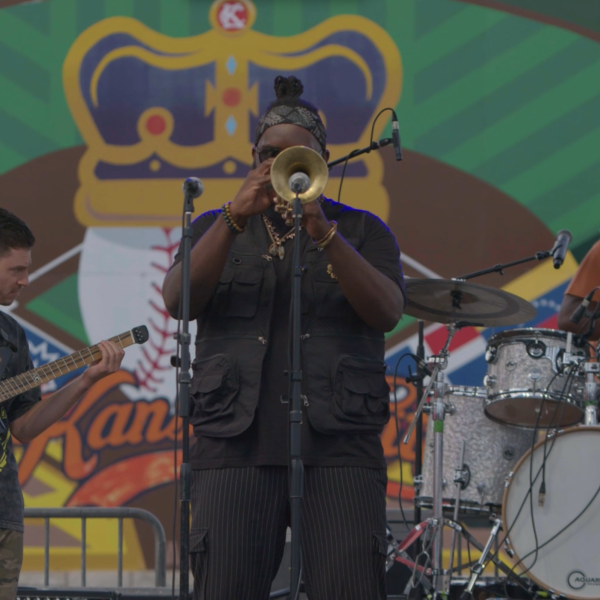An NEA Big Read Love Letter to Celeste Ng
Have you ever fallen in love with a book, not only because of its compelling storyline or because you’ve become deeply invested in the fate of the characters, but also because it’s just so well crafted? When I finished reading the NEA Big Read selection, Everything I Never Told You by Celeste Ng, I realized I had taken for granted how easy it was to follow the story despite the complex shifts in time and point-of-view. I decided to read the book a second time, paying closer attention to Ng’s use of literary devices. Since Valentine’s Day is on the horizon, my next step, naturally, was to pen a love letter to Ng celebrating the craft of her moving book.
Which Big Read title or author do you want to write a love letter to? Let us know in the comments or on our Facebook page.
Dearest Celeste (because if I’m writing you a love letter we must be on a first-name basis),
You have such a gift. I could tell you how I admire your use of employing common elements present in mystery novels as a way of hooking your readers into a not-so-common topic (how on earth did Lydia die, but also—yeesh—tell me more about being the only Asian-American at boarding school in the late 1930s, James).
I could tell you your characters are so nuanced and relatable I sometimes imagined them in my apartment with me: James sitting at my desk, looking out my window searching for his own fault in Lydia’s death like he would find it in one of the apartment complexes across the street; Hannah creeping through the halls, hoping to unlock the carefully hidden secrets of her sister’s life; Marilyn pacing the edge of my bed with clenched fists; Nath lying in a room nearby, waiting for sleep. Instead, let me tell you the ways you wooed me with your craftsmanship.
Opening Sentence: Can I just say you had me from the start? I mean, of course you did with an opening sentence like “Lydia is dead.” That sounds more like an ending to me. I was taking a nonfiction workshop with the writer Sandra Beasley when I learned this little nugget of wisdom: when a story discloses important information in the very beginning, it is often a cue to the reader that that’s not what the story will primarily be concerned with. Oh, mama, does that hold true with this story. Yes, your book is about the death of Lydia, but it goes much deeper than that, Celeste. You got me with “Lydia is dead” and held me with the compelling story of a mixed-race family dealing with the death of their daughter in the 1970s.
Plot: It’s 1977 and Lydia is dead. Then it’s 1955 and Lydia’s mother, Marilyn, is beginning her first year at Radcliffe. Then it’s 1938 and Lydia’s father, James, is beginning boarding school in Iowa. Then it’s 1957 and Marilyn and James are getting married. All within the first two chapters! I’ll just say it. Your time shifts are flawless.
Point-of-view: You’re all-knowing. Well, at least your narrator is. I can see your narrator sitting on the floor of a room telling the story of the Lee family, dipping into each character’s mind at just the right time like jars of honey, pulling out all the sweet stuff.
Holy figurative language: Sometimes a good metaphor says a thousand words, like this one: “She thought with sharp and painful pity of her mother, who had planned on a golden, vanilla-scented life but ended up alone, trapped like a fly in this small and sad empty house, the small and sad empty life, her daughter gone. She snapped off her own lights and leaned back against the headrest. How good the rain would feel, like crying all over her body.” Need I say more?
Deepest bow to you for this incredible work. May we meet in this world and many others you create.
Yours,
Katy Day





